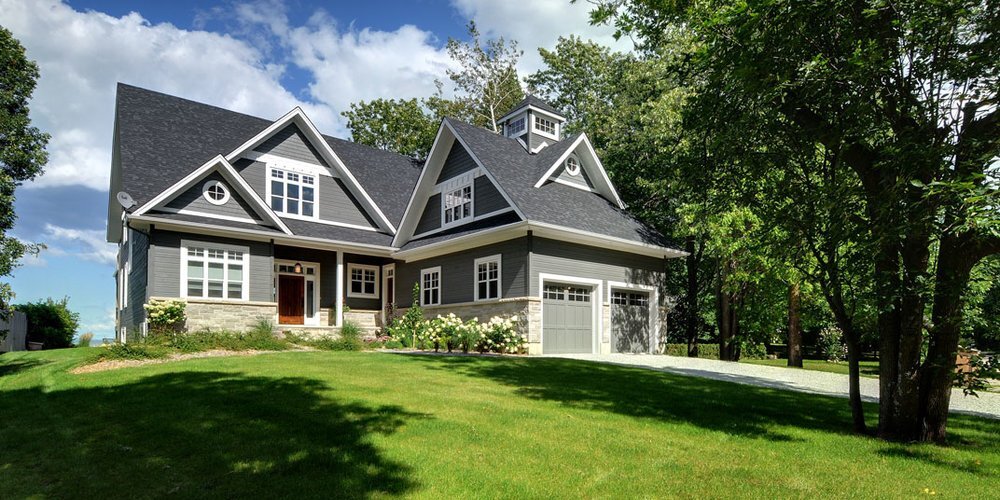Your Furniture with Soft Close Hinges for a Refined, Noise-Free Closing Mechanism
Upgrading your furniture with soft close hinges can significantly enhance the overall functionality and aesthetic of your home. These hinges provide a smooth, noise-free closing mechanism, ensuring that doors and drawers shut gently and silently, which is a substantial improvement over traditional hinges. Whether you are considering a complete renovation or just a few minor tweaks, integrating soft close hinges is a simple yet effective way to refine the performance and appearance of your cabinets, wardrobes, and other furniture pieces. The benefits extend beyond just convenience, as they also contribute to longevity and safety in your home. One of the most immediate advantages of soft close hinges is the elimination of the loud, jarring sounds that often accompany closing cabinet doors or drawers. In high-traffic areas like kitchens or bathrooms, where drawers and doors are frequently opened and shut, this feature can significantly reduce noise pollution.
Soft close hinges also protect your furniture from damage. Traditional hinges can cause doors and drawers to slam shut, leading to wear and tear over time. The constant impact can weaken the structure of your cabinets or furniture, resulting in cracks, chipped paint, or even misalignment. With soft close hinges, the mechanism slows down the closing motion, reducing the impact and, therefore, the strain on the furniture. Over time, this small upgrade can save you from expensive repairs or replacements, as your furniture remains in better condition for longer. Another significant benefit of soft close hinges is their contribution to safety. In households with children, soft close hinges can help prevent pinched fingers, a common hazard with traditional cabinets and drawers. Since these hinges slow down the closing motion, there is less risk of fingers being caught in between. For adults, the gradual closing action also eliminates the possibility of accidentally slamming doors or drawers, which can sometimes lead to injury. This makes soft-close hinges an excellent choice for families or for anyone looking to enhance the safety of their home.
The installation of soft close hinges is relatively straightforward and can be applied to most existing furniture. Many hinges come with instructions and can be installed with basic tools, making it a manageable project for homeowners looking to DIY. If you are not inclined to install them yourself, hiring a professional is always an option, and the cost is generally affordable, especially when weighed against the long-term benefits. From an aesthetic perspective, soft close furniture hinges offer a clean, modern look. They are often concealed within the cabinetry, which helps maintain the sleek lines of contemporary furniture designs. Additionally, many homeowners find that the improved functionality adds a subtle yet luxurious feel to their space. The simple act of upgrading your furniture with soft close hinges can elevate the overall sophistication of your home, creating a polished and refined environment. Imagine a kitchen where cabinet doors glide effortlessly without the familiar clunk, or a bedroom where the wardrobe shuts quietly even in the middle of the night.




